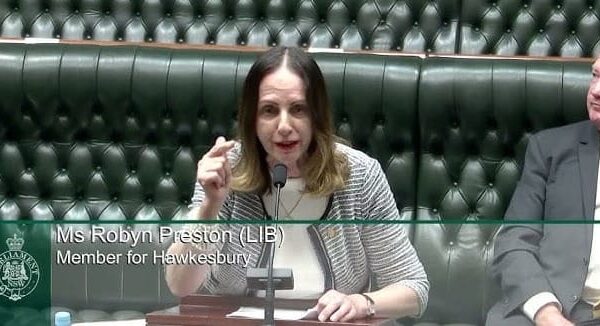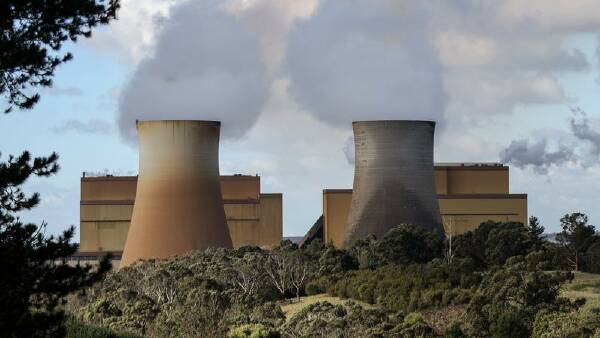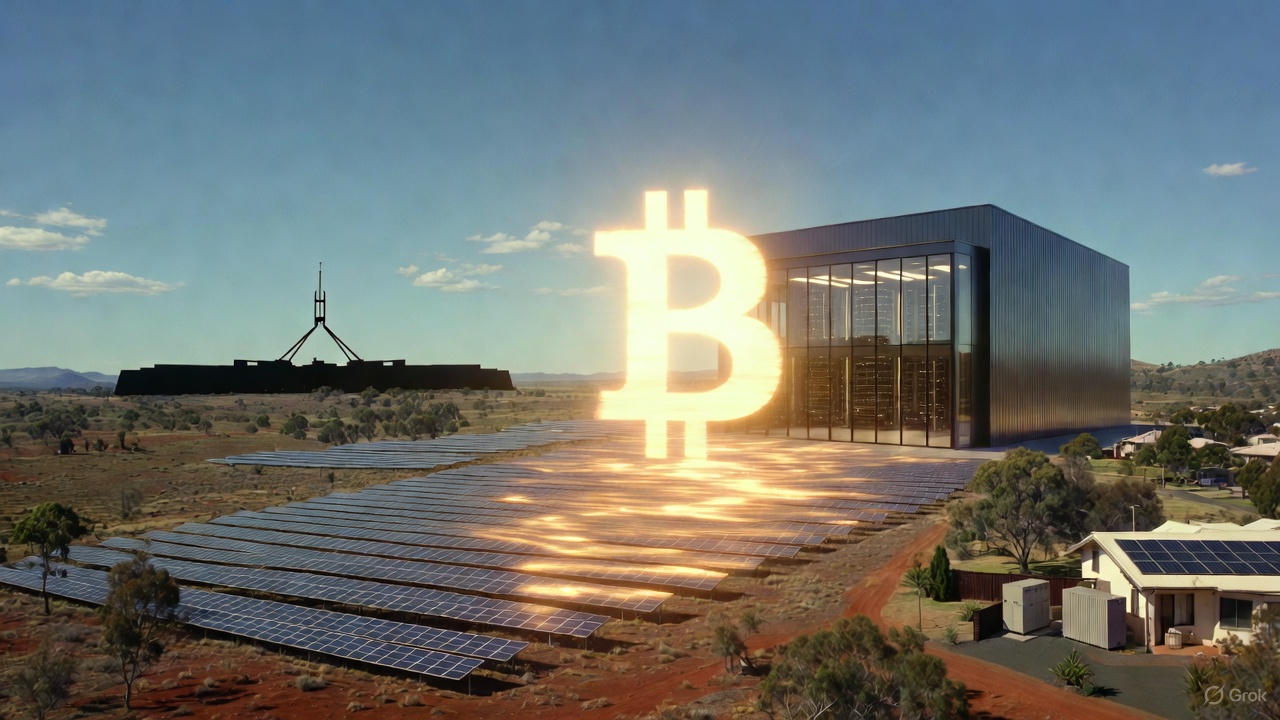URGENT UPDATE: Australia is poised to capitalize on its renewable energy surplus by considering the potential of Bitcoin mining as an alternative to the newly announced Solar Sharer scheme. With an excess of energy flooding the market, the government aims to provide at least three hours of free power to millions in New South Wales, South Australia, and southeast Queensland starting in 2026.
The Solar Sharer scheme is designed to benefit households, particularly renters and apartment dwellers, by offering modest savings on energy bills. However, experts argue that leveraging the country’s surplus energy for Bitcoin mining could yield far greater financial returns.
Currently, during peak sunlight hours, wholesale electricity prices can plunge to negative levels, leaving a wealth of untapped energy. By investing in Bitcoin mining operations, Australia could transform this low-cost energy into a lucrative asset. With Bitcoin prices hovering around A$160,000 per coin, even a small-scale mining setup of 1 GW could generate hundreds of Bitcoins annually at virtually zero electricity cost.
The implications are staggering. Under the proposed Solar Sharer plan, families could expect to save around A$400 per year. However, mining with excess energy could potentially generate over A$100 million in the first year alone, rapidly accumulating wealth as Bitcoin prices rise. Projections suggest that by 2030, this could escalate to a digital asset worth over A$1 billion, dwarfing the benefits of the Solar Sharer scheme.
Australia’s renewable energy strategy mirrors successful international models. For instance, Bhutan has amassed Bitcoins worth approximately $1.3 billion using surplus hydroelectricity, while El Salvador has mined 454 Bitcoins valued at an estimated $48.3 million through geothermal power.
By embracing Bitcoin mining, Australia could unlock substantial revenue from its clean energy resources. The government stands at a crossroads, with the potential to generate long-term financial benefits while providing a share of the profits back to Australians through energy price reductions.
As discussions unfold, stakeholders urge decision-makers to consider the larger economic impact. The urgency to act is palpable, and the call to harness Australia’s renewable energy for Bitcoin mining resonates strongly within the community.
Stay tuned for more updates as Australia navigates this pivotal moment in energy and cryptocurrency innovation. What are your thoughts on this potential shift? Let us know in the comments.



































































